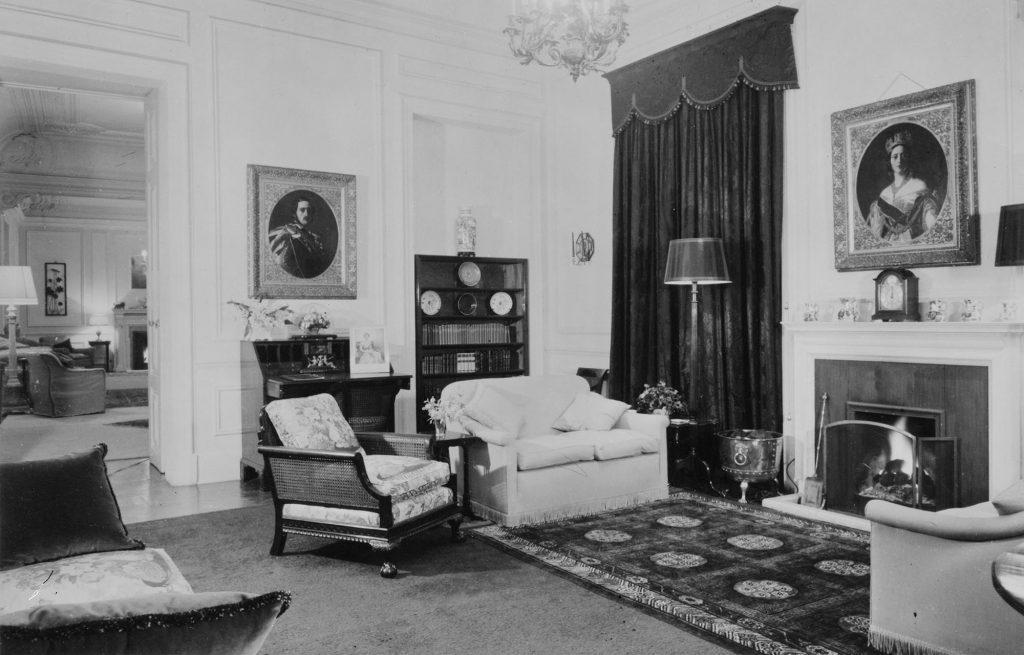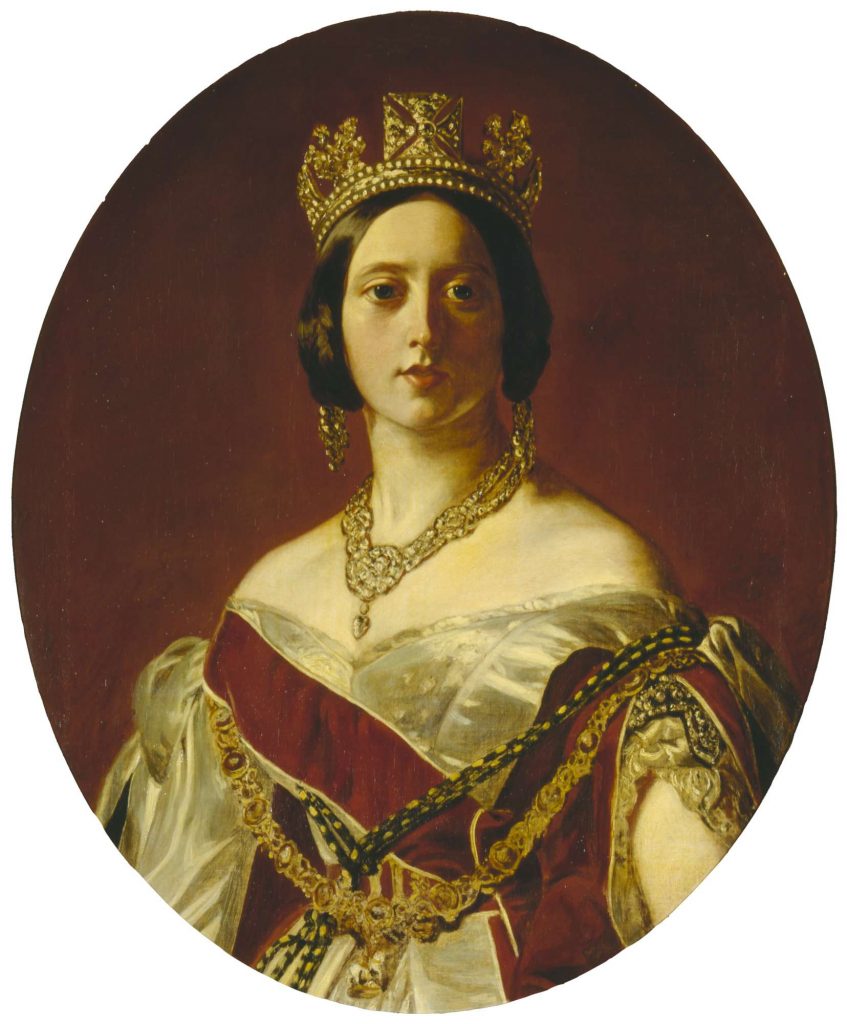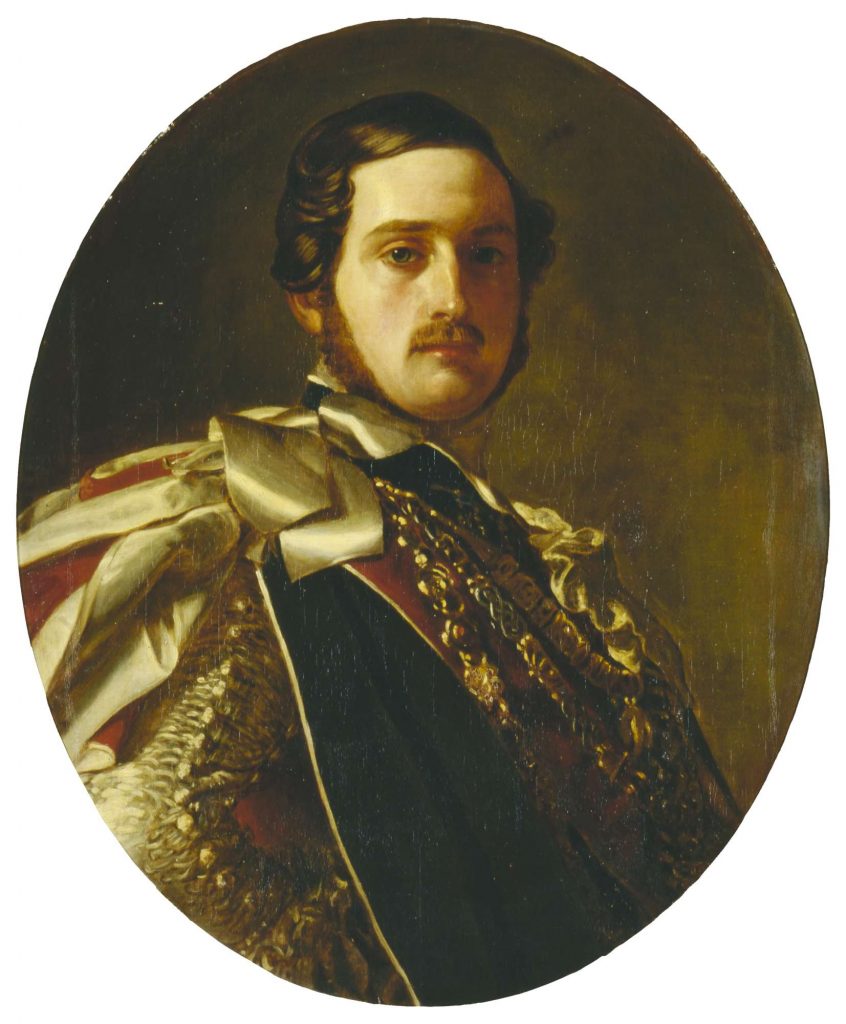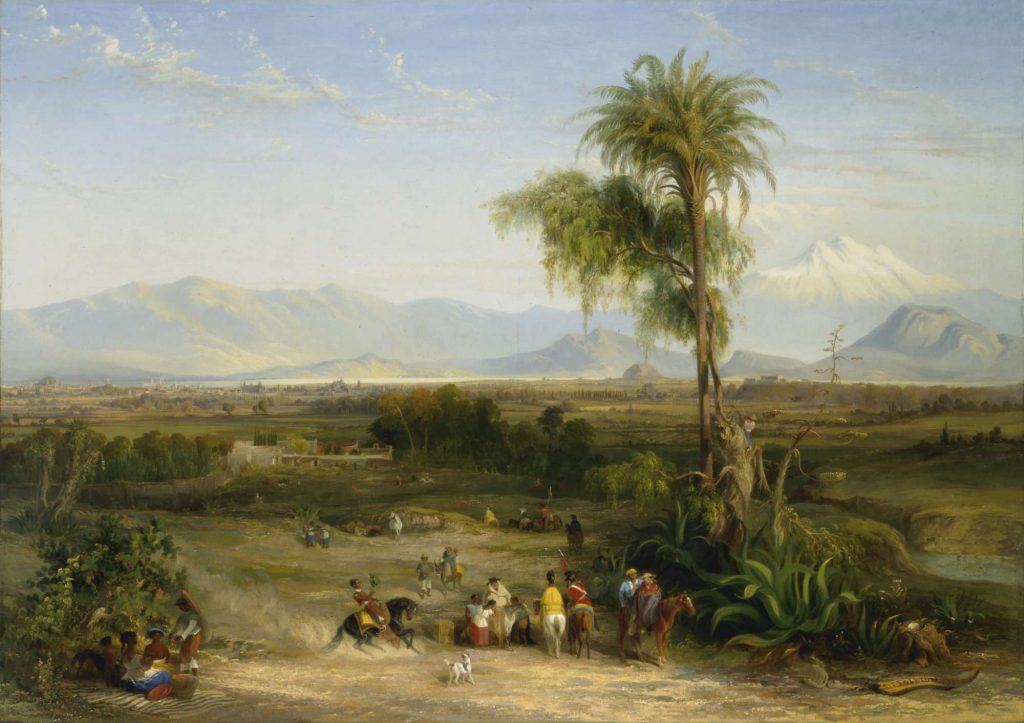Growing the Collection
By the 1930s, diplomats and officials became accustomed to working alongside historical artworks from the Collection and it was clear that art in embassies had an impact on how these buildings were experienced by visitors.

Interior of the British Ambassador’s Residence, Lisbon, showing portraits of Queen Victoria and Prince Albert by Franz Xaver Winterhalter (After) © English Heritage / Open Government License v2.0

Queen Victoria (1819-1901) Reigned 1837-1901 by Franz Xaver Winterhalter (After), c.1850-1852, oil painting © image: Crown Copyright

Prince Albert of Saxe-Coburg-Gotha (1819-1861) Prince Consort of Queen Victoria by Franz Xaver Winterhalter (After), c.1850-1852, oil painting © image: Crown Copyright
Historical, often imposing, portraits of monarchs and distinguished figures brought an atmosphere of prestige and a sense of history to diplomatic spaces. Art had moved beyond being just ‘decoration’. The functional presence of art in embassies became increasingly recognised by diplomatic staff, who began to send memos to the Foreign Office, urgently requesting more art.
In 1935, the Treasury authorised an annual fund of £250 to buy art for British diplomatic posts abroad. An Overseas Picture Committee made up of the Directors of the National, Tate and National Portrait Galleries, was set up to guide the acquisition of new works.

Daniel Thomas Egerton, The Valley of Mexico, 1837 © image: Crown Copyright